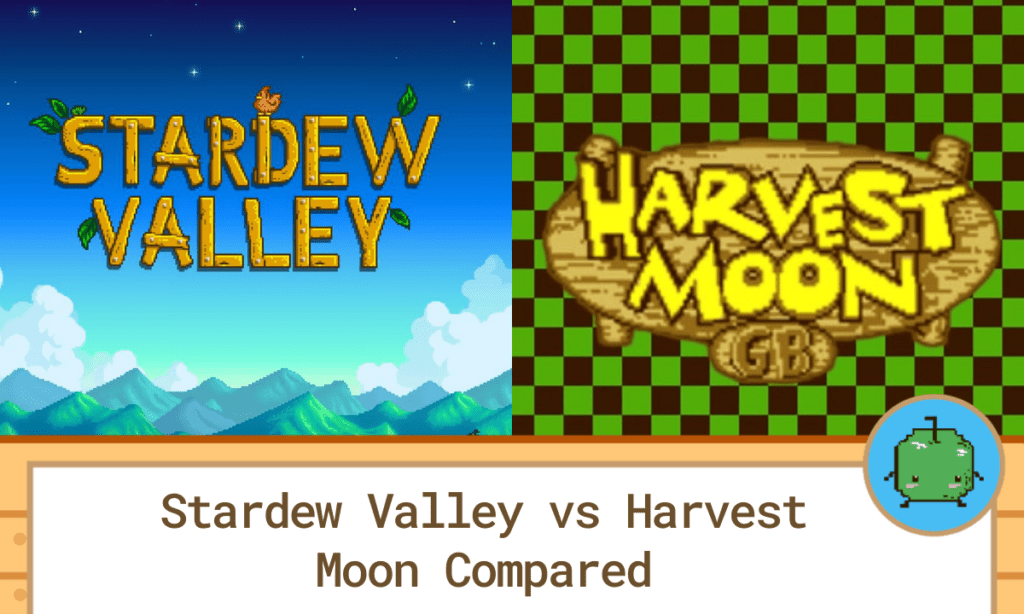- Stardew Valley vs Harvest Moon Compared - February 5, 2023
Since Stardew Valley released in 2016, it’s been relentlessly compared to its inspiration: Harvest Moon. And, as the internet is wont to do, many a fight has been had over which is better. While Harvest Moon has dozens of games under its belt, Stardew Valley took its formula and perfected it with the love and care that a passion project deserves. So does experience or passion win out in the end?
The biggest problem with this question is that we’re comparing a single game to an entire franchise. No matter where one Harvest Moon game trips up, another will pick up the slack. But there’s real value to one game that delivers on every front over a franchise of varying quality.
So let’s take some time to compare the core aspects of these two properties and see what everyone’s been arguing about. More than that, though, for all you Stardew Valley fans out there, should you pick up a Harvest Moon game in the future? Let’s find out.
Main Differences Between Stardew Valley vs Harvest Moon
What are the main things that set these two properties apart? They’re identical in many ways, but subtle differences add up to different overall experiences.
- Premise — Harvest Moon games vary in their premise, from you seeing an ad in the paper to inheriting an old plot of land from a relative, usually a grandfather. Stardew Valley uses the latter setup, where your grandfather leaves you his farm after he passes away.
- Art style — Stardew Valley uses retro pixel art to mimic the older Harvest Moon games. In contrast, modern Harvest Moon titles use 3-D models and environments.
- Setting — Stardew Valley takes place in the titular town, which is populated by a variety of townspeople. The setting changes between each Harvest Moon game, each with different characters. Although some titles reuse characters from previous games, like Animal Parade or Magical Melody.
- Farming — both focus on farming but take different approaches to development. Stardew’s quality system is based on probability, while Harvest Moon tends to be set in stone, dictated by the filling meters over long periods. The same applies to livestock rearing. The crops available in each game differ too, but only superficially.
- Side Activities — Aside from farming, both include other activities for the player to engage in, like fishing, mining, woodcutting, and foraging. Stardew Valley, however, gamifies both fishing and mining and, through the museum, incentivizes players to collect everything they can. Only a handful of Harvest Moon titles do this.
- Holidays and Festivals — As it’s a Japanese franchise, calendars in Harvest Moon games follow a Japanese calendar with the appropriate holidays, such as white day and summer festivals (Natsumatsuri). Stardew Valley westernized the calendar, emphasizing holidays celebrated in the English-speaking world, like Easter and Christmas.
- Marriage — romance, marriage, and family are core aspects of both games. Stardew Valley has more romance options than most Harvest Moon titles and allows for same-sex marriage. Harvest Moon only implemented same-sex marriage in recent games. Some older Harvest Moon games wouldn’t even let you play as a woman at all.
- Modding — Stardew Valley found its roots on the PC and enjoys a thriving modding community. Harvest Moon only sees modding on emulated games, as even the ports to PC are infamously tricky to mod.
- Platforms — for years, the Harvest Moon franchise has mostly been a Nintendo exclusive. Recent titles can be found cross-platform, including PC, but older games are hard to acquire. Stardew Valley was originally released on Steam in 2016 but has since been ported to various platforms, including the Switch and mobile devices.
Stardew Valley vs Harvest Moon
Stardew Valley is a stellar experience, with every aspect of the game being at least satisfactory. Harvest Moon, on the other hand, is not a cohesive experience. Every game strives for something a little different. This means where one game fails at something, another may excel.
Now that we have an idea of what separates these two properties let’s take a closer look at what they do right and wrong and why. Then we’ll weigh it all up, and I’ll tell you which experience I believe is better overall.
But First… What is Story of Seasons?
Aah, yes. The elephant in the room. Let me quickly clear this up.
In 2013, the Bokujo-Monogatari franchise (translated as ‘Farm Story’) changed its English name from Harvest Moon to Story of Seasons. These games are made by a company called Marvelous and used to be localized by another company called Natsume.
When these two companies ceased working together, Natsume kept the Harvest Moon copyright, and Marvelous was forced to rebrand. Natsume then went on to produce their own Harvest Moon games.
Bearing this in mind, whenever I refer to ‘Harvest Moon,’ I mean the games developed by Marvelous, now known as Story of Seasons, not the games published by Natsume (which are bad, don’t play them). Okay? Okay.
Stardew Valley
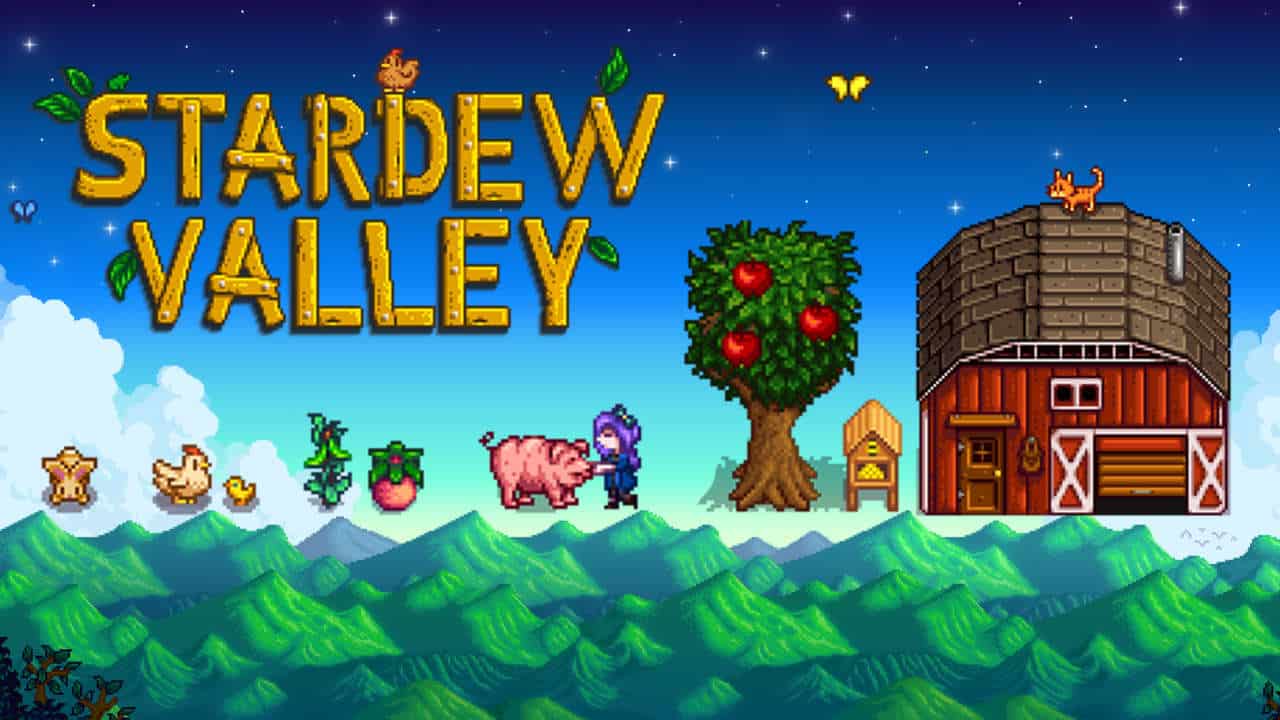
Farming
Stardew Valley’s farming is good but lacks complexity. It’s nearly identical to Friends of Mineral Town, which makes sense as that is Stardew’s specific inspiration. You have a field that you grow crops on, and when you harvest them, they’ll have a star rank that is, to a degree, random. Fertilizing your field will increase the chance of better crops but doesn’t guarantee it.
It’s the same with livestock. Both series have friendship levels with the animals on your farm. In Stardew Valley, this friendship will increase the likelihood of an animal producing high-quality goods. This is not how most Harvest Moon games work, and I think that’s a detriment to its engagement.
This lack of concrete improvement beyond the number in your bank detracts from what I believe is the core appeal of farming simulators: the hard-earned progress of your farm.
Customization
Where the farm in Stardew Valley shines the most is your absolute control over it. Your land is mostly unoccupied, and you’re free to change and decorate it to your heart’s content. More than that, customizing your farm is easy and fun. I never felt much grief from it; instead, I was free to do what I liked with the space.
Side-content
This is where Stardew Valley really stood out from Harvest Moon, and the stars of the show are mining and fishing. Mining in Stardew Valley was one of my favorite things to do. Implementing a combat system to the mines made the experience 100 times more engaging, and it rewards you frequently for your effort.
Most importantly, it has checkpoints allowing for gradual but satisfying progression instead of making you start from the beginning each time you enter. Yes, if you didn’t know, Harvest Moon always does that. And it’s not fun.
Stardew also isn’t stingy with ore. You know which rocks drop what, so your tool level feels like it increases at a good pace. As such, game progression never feels artificially static.
In Stardew Valley’s fishing, you must be actively engaged to succeed. You participate in a small minigame that gets easier and harder depending on what fish you’re catching and the quality of your rod and bobber. There’s also treasure to be gained from fishing, requiring the player to get good at the game. That in and of itself is unique; you can be good at fishing in Stardew Valley.
Stardew Valley changed how I view Harvest Moon’s side content, wishing it was more like this. It was something I never knew I was missing, and I’m glad to have it.
The Town
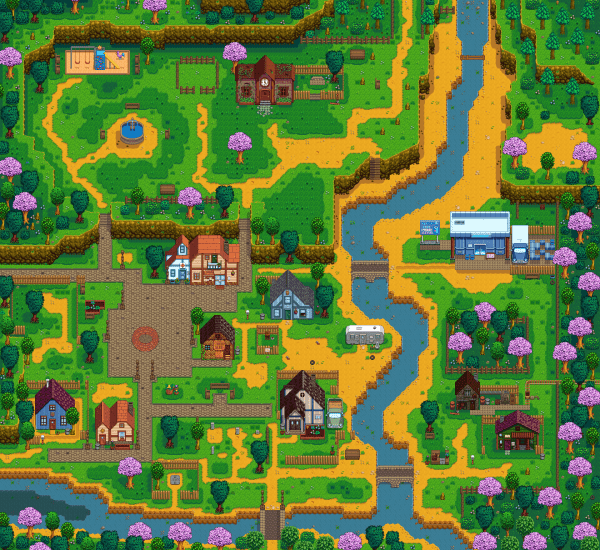
Stardew Valley is full of interesting characters with complex interpersonal relationships. The villagers all have eye-catching, distinct designs, well-rounded personalities, and hidden histories you discover through environmental details and reading between the lines.
Some of it can get incredibly adult. Like how Lewis, the Mayor, and Marnie, the local farmer, appear to have a secret relationship. Or how Abigail might actually be the daughter of the local wizard and not her father, Pierre.
Small details like this make the world feel alive beyond the player’s screen. These characters feel like they do things when you aren’t involved, which isn’t something many video games accomplish. Unfortunately, when I compare it to my experiences with Harvest Moon, it lacks a certain intricacy that detracts from your familiarity with the townspeople. Despite that, Stardew Valley does stand up to its inspiration, only just falling short of surpassing it.
Visuals
One of the first things you probably noticed about Stardew Valley how gorgeous it is. The pixel art and smooth animations are a joy to behold. The art style is charming and lively, with lots of colors and expressive environments.
The game also runs smoothly on multiple platforms and on cheap hardware. It’s not a demanding game, so even before the ports, Stardew could be played by just about anyone with a computer.
An important comparison to make is Stardew Valley’s western style. Harvest Moon looks Japanese in many ways, not least its anime-like art. Stardew keeps the designs of its characters rooted in our western preferences. Proportions and colors are reasonably realistic, lacking the very cartoony quality of its competitor. I think this is a major factor in its unprecedented success over the established franchise.
Modding
This is where Stardew Valley is made special. While the vanilla game is excellent on its own, the thriving modding community is something Harvest Moon can never hope to compete with.
Thanks to modding, Stardew Valley can be whatever the player wants it to be and do whatever the player wants it to do. Of course, this only applies to the game’s PC version, but it’s always been a simple endeavor to both find good mods and make your own.
For more info on mods for Stardew, you can check out any of the following guides:
Harvest Moon
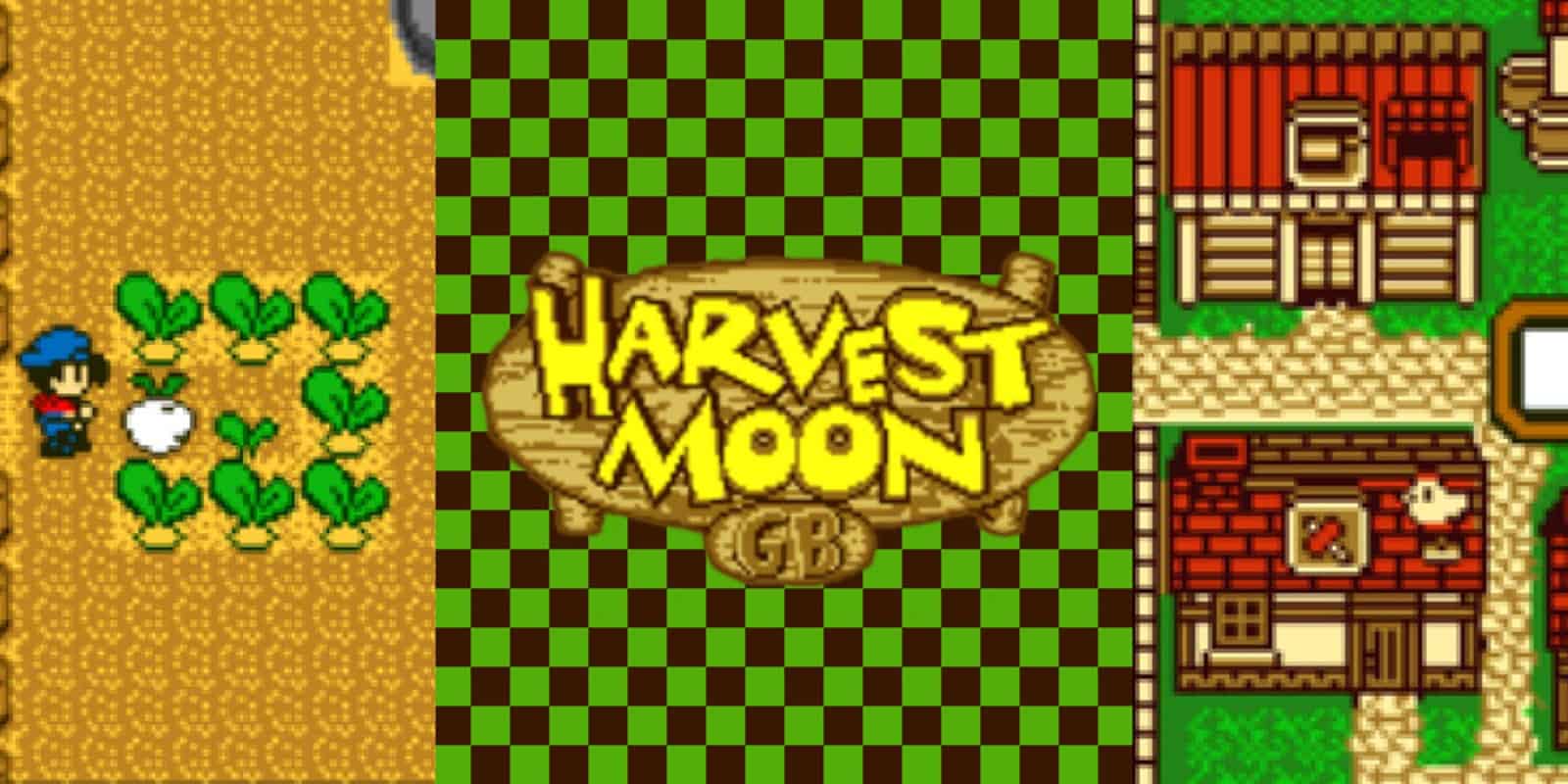
Farming
This is the focus of the Harvest Moon franchise, to the point where Harvest Moon GB is almost nothing but farming.
So you’d hope that it gets it right. And it does. Some older games have farming systems identical to Stardew Valley, focusing on probability over concrete quality. Friends of Mineral Town does this, as do Animal Parade and Tree of Tranquillity. But most don’t.
The standard is that most crops have a quality rank with 10 levels, usually split across five stars. Fertilizing a crop will increase that quality over time, and it will be of higher rank when you harvest it. When you make seeds from these crops, that quality rank stays the same and allows you to continue making better products. The same goes for livestock, where a high friendship will guarantee a high-quality product.
I feel this system is crucial to the trademark sense of hard-earned progression you want from a farming simulator. I like how after 50 hours in a Harvest Moon game, I’ll be shipping consistently high-quality goods in large quantities. It makes your success feel tangible beyond your money going up.
There’s a prestige and pride for your farm’s exports I didn’t get as much in Stardew Valley. Harvest Moon invented and built itself upon this, so it’s no surprise that it masters it.
One interesting point for those only familiar with Stardew Valley, however, is that in most Harvest Moon games, the farming continues into winter. Crops like buckwheat, broccoli, and a handful of flowers can be planted during winter.
This allows the player a steady income year-round instead of saving up in the fall and waiting winter out. This isn’t always the case, though. Harvest Moon titles without winter farming can become dull during that season, thanks to the lack of exciting side content.
Customization
Early Harvest Moon games featured very little in the way of customization. The player was provided a prebuilt farm to work and develop within the confines of. This isn’t universal, however. Major customization options have been around since the GameCube era and Magical Melody. Jumping ahead to 2012, A New Beginning has the player design the entire town from scratch.
Unfortunately, Harvest Moon drops the ball in the quality-of-life department. Moving things around feels clunky, and there never seems to be enough space for everything you want. Pioneers of Olive town tried to ape Stardew’s decorating system altogether and still managed to miss the mark.
Despite this, Harvest Moon’s customization isn’t always bad. It definitely can be, like in Story of Seasons (2014), where it was cryptic and confusing, like everything else in that game. But other titles, like Pioneers of Olive Town and A New Beginning, are pretty good. And the number of custom decorations is in the hundreds (that’s per game). It’s fun, just not as good as Stardew.
Side-activities
Harvest Moon really lags in this department. Looking at the two main types of side content, they both fail to stand up to Stardew’s vastly superior systems.
Mining in Harvest Moon is usually tedious and frustrating, but it’s a necessary part of the game. You can’t progress without spending hours doing it. It’s a chore, and the games know this for the most part. Some recent Harvest Moon installments did away with mines altogether. These titles swapped them for mining nodes, which spit out random ore each day depending on the level of your hammer.
Harvest Moon treats fishing like Animal Crossing (except for Pioneers of Olive Town). You cast a line, wait for something to hook, and then press A until you reel it in or run out of stamina. Your fishing skill depends on your rod’s quality and how much you’ve fished before.
Fishing is always the hardest skill to level up, which is often reflected by the inclusion of special rewards for good performance. But added incentive doesn’t make it any less dull.
The Town
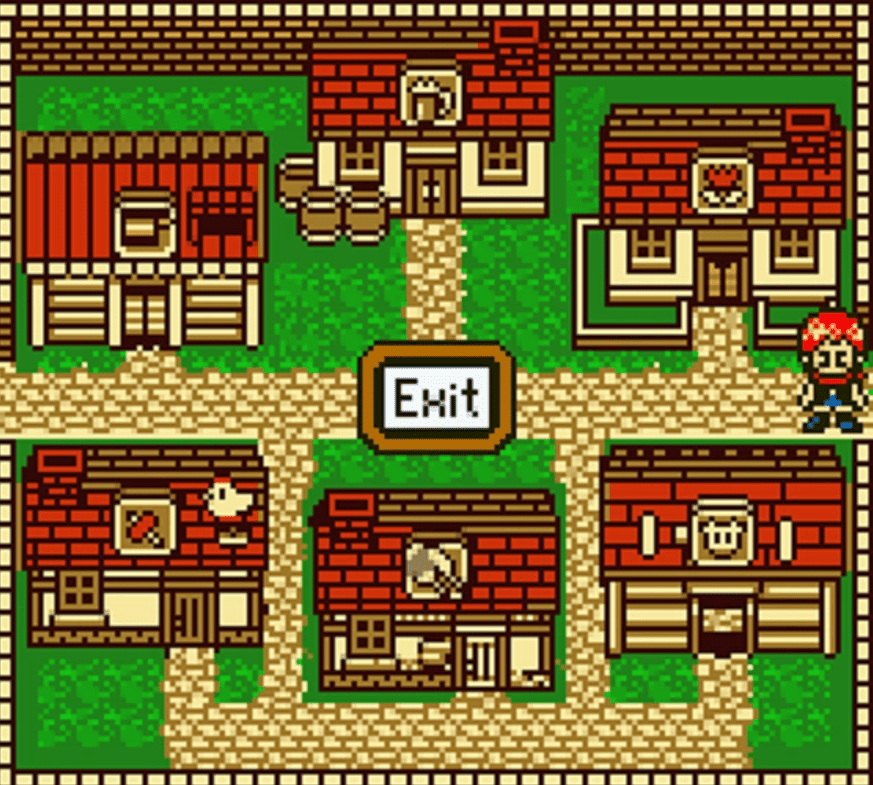
Even where the farming may have flopped, this is where Harvest Moon consistently delivers.
It isn’t always perfect. The towns in some games feel less like populated communities and more like video-game towns full of NPCs. This is particularly noticeable in older titles when the games were figuring it out.
The characters can feel one-dimensional, especially the non-eligible NPCs, and it’s even worse when the bachelors and bachelorettes fail to catch your attention. The worst offender is Magical Melody which, despite having 21 marriage candidates, spreads their personalities so thin that it’s hard to get attached to any of them.
Thankfully, this isn’t usually the case. There’s a reason this is what Harvest Moon games are known for, and many of them have a much greater focus on the social aspect than Stardew Valley. This is especially true of the 3DS games, which emphasize the townspeople with lots of cutscenes and quests. Dating and marriage also have extra steps, including an option to make your sweetheart confess to you.
Some Harvest Moon games managed to get me so attached to their characters that I still think about them every now and then. That might say more about me than the games, but you get my point.
Visuals
Some of the older Harvest Moon games are butt-ugly; Harvest Moon 64 and Magical Melody are two of the worst. But other games look great.
The original Harvest Moon for the SNES and Friends of Mineral Town have aged shockingly well, as have the games from the Wii era. The DS games are a mixed bag, but the ones released for the 3DS look excellent, particularly Story of Seasons (2014).
Harvest Moon has a very Japanese aesthetic. In particular, the character sprites in Harvest Moon games are very “anime,” with big stylized eyes, colorful hair, and cartoony expressions. This contrasts Stardew’s distinctly western design. This could definitely be a drawback for some players, although it appeals to me much more personally.
Modding
This isn’t something I ordinarily bring up when discussing Harvest Moon. But, when talking about it in conjunction with Stardew Valley, you can’t avoid how lacks in this department.
Harvest Moon has a fair modding community, specifically when emulating the old games. However, it’s a much harder space to get into and make work. Worse yet, Marvellous seems to be actively discouraging modding, which feels like shooting themselves in the foot.
So… Which is Better?
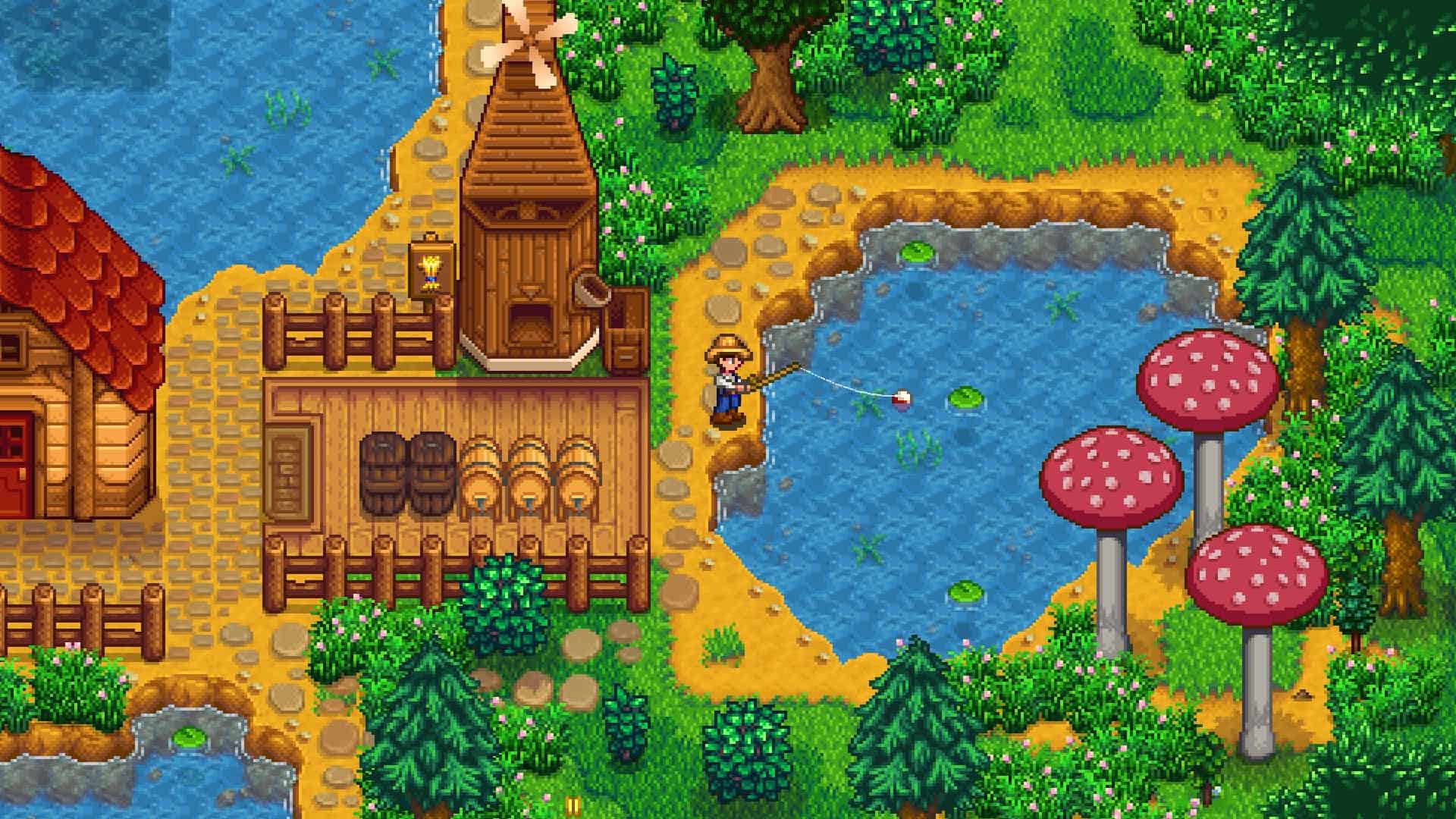
From the start, this was the question I was dreading having to answer, not least because I know I’m a very biased party. I got into Stardew Valley because I am a Harvest Moon fan and have been since I was very young. I played Stardew at launch, and my history with Harvest Moon does affect how I judge the game.
But when push comes to shove, Stardew Valley is the objectively better standalone experience. If you only have one choice and don’t have a preference for gameplay focus, Stardew is your safest bet.
The base game is incredible. Every aspect is at least satisfactory, if not excellent. And it’s significantly easier to get your hands on than most of these old Nintendo titles. Modern Story of Seasons games are doing their best to compete, and they’re a lot of fun, but they can be flawed and fall at important hurdles. Not to mention that modding in Stardew Valley provides the potential for inexhaustive gameplay.
But Harvest Moon does things Stardew Valley doesn’t, not least because it’s a franchise with dozens of installments. If you wished something was different about Stardew, I guarantee at least one of the Harvest Moon titles will address it. Modern Harvest Moon games offer greater customization, more engaging townsfolk, and deeper farming systems.
Despite that, and ignoring my emotional biases, Stardew Valley is a more technically sound and better-produced product. It’s a labor of love, much like the early Harvest Moon titles, and it shows.
Where to Start with Harvest Moon?
It should go without saying, but if you’re a Harvest Moon fan and haven’t picked up Stardew Valley yet, what are you doing? Pick it up. NOW. You’re doing yourself a disservice.
But what about the other way around? This site is all about Stardew Valley, so I’m assuming you probably haven’t played a Harvest Moon game but are interested in doing so. But with so many titles and such a mixed bag of quality, where do you start? Well, that will depend on your favorite parts of Stardew. Here are my top recommendations and who I recommend them to:
Story of Seasons: Friends of Mineral Town
The closest equivalent to the Stardew Valley experience by far. Friends of Mineral Town is considered by older fans as the best in the series, and for good reason. This remake breathes new life into the old Gameboy title.
However, as little more than a visual and quality-of-life upgrade, it can feel barebones. It was also the first game to allow same-sex romance options, which has been a standard for the series ever since.
Story of Seasons: Trio of Towns
The best Harvest Moon experience. This game is uniquely fantastic, delivering everything you could want from a Harvest Moon title, and is widely regarded as the best in the series. This is one of my favorite games of all time, and I would be remiss if I didn’t recommend it to a potential newcomer. The only drawback is that it might set your expectations too high for the rest of the franchise. Plus, it’s only available on 3DS.
Harvest Moon 3D: A New Beginning
For those who spent hours and hours in Stardew making their farm perfect. A New Beginning gives the player full control over the look of Echo Village with hundreds of decoration options. And it doesn’t hold back on the complexity of the farming. It’s not a game for everyone, but it will be a lifelong favorite for certain kinds of players.
More Games Like This
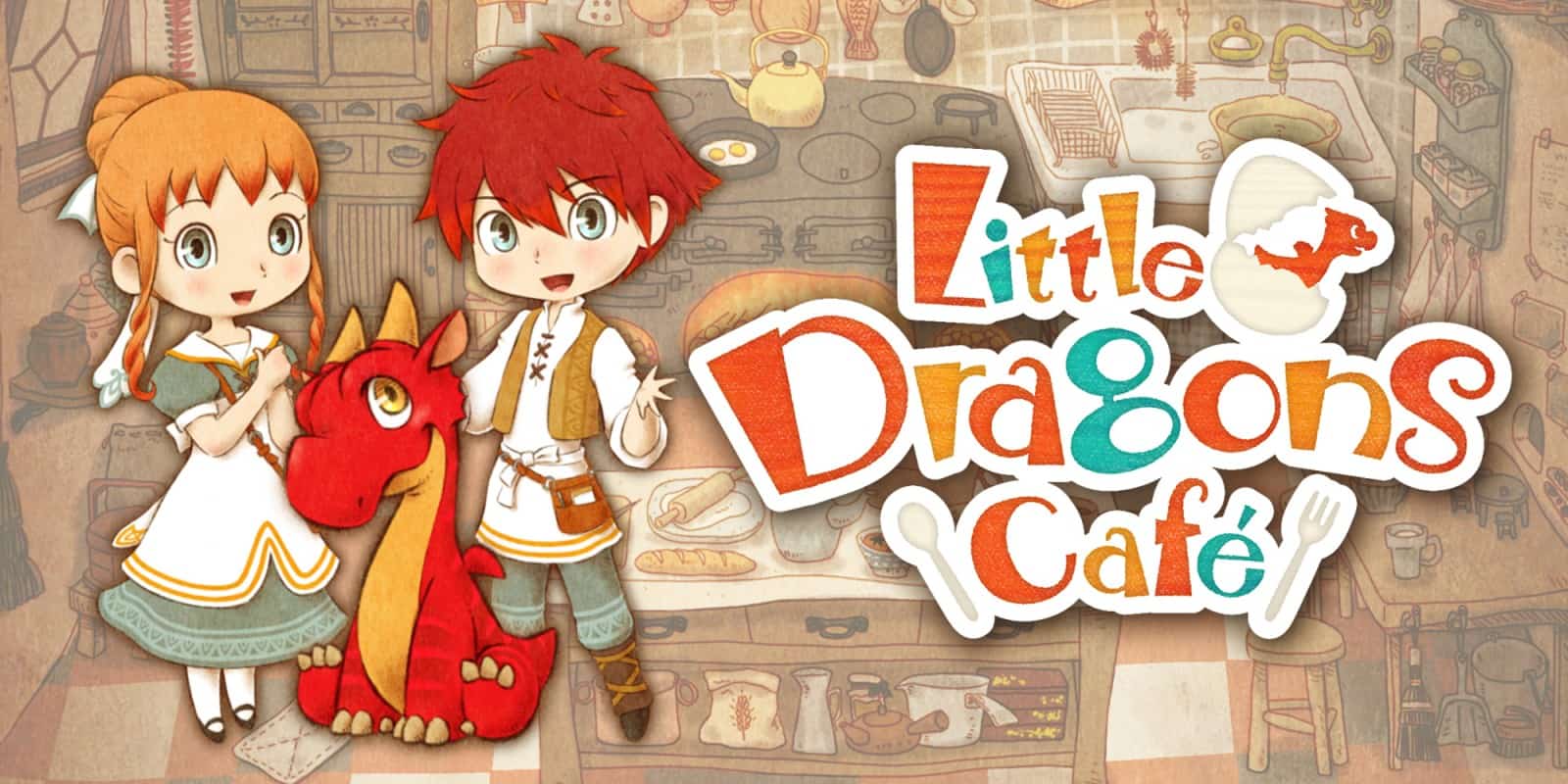
Stardew Valley and the Harvest Moon franchise are alike in so many ways that they’re frequently mistaken for one another. If you like one and haven’t played the other, you’re missing out. But what about beyond that? If you’re a fan of either and want something more to chew on, check out any of the following:
- Rune Factory — I’d recommend Rune Factory 4 Special for beginners.
- My Time at Sandrock / My Time at Portia
- Harvestella
- Little Dragon’s Café
- Sakuna: Of Rice and Ruin
- Slime Rancher
FAQs
Question: What’s the Difference Between Harvest Moon and Story of Seasons?
Answer: Harvest Moon was the English title for the Bokujo-Monogatari game series until 2010. After a legal dispute with distributor Natsume, the developers, Marvellous, were forced to rebrand their series to Story of Seasons.
Question: Is Stardew Valley a Copy of Harvest Moon?Question: Is Stardew Valley a Copy of Harvest Moon?
Answer: No, Stardew Valley is not a copy of Harvest Moon. Stardew Valley was created as a love letter to older Harvest Moon games, with creator Eric Barone paying homage to and improving on these games he loves. As such, the art style and gameplay of Stardew Valley mirror early Harvest Moon but are still distinct from it.
Question: Is Stardew Valley a Harvest Moon Game?
Answer: No, Stardew Valley is an indie game created by Eric Barone under the company name Concerned Ape. It was heavily inspired by older Harvest Moon titles. Stardew Valley has no affiliation with either Story of Seasons developer Marvellous or Harvest Moon developer Natsume.
Conclusion
Comparing Stardew Valley to Harvest Moon is fun. I like to look at and discuss how it drew inspiration from and managed to improve upon the original. Stardew Valley is such a fantastic game, and that it managed to pull so many people into the world of farming RPGs makes it even better.
I understand the need to prove something you like is superior. But frankly, I’m just glad there’s more of this kind of game now.
But yes, despite being a die-hard Harvest Moon fan, I believe Stardew Valley is a better game than almost all Harvest Moon titles. And I do mean almost. But the modding possibilities and accessibility of the game set it apart from this old series that feels more and more corporate with each installment. Pick up Stardew Valley if you haven’t already, and if you have, check out a Harvest Moon game! As much as I’ve complained about them, they’re a ton of fun for all the same reasons we love Stardew Valley.
Happy farming!

